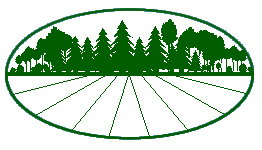Woodlot Association of Alberta
c/o Olson Office Management
P.O. Box 303
Beaverlodge, AB
T0H 0C0

Woodlot Association of Alberta
c/o Olson Office Management
P.O. Box 303
Beaverlodge, AB
T0H 0C0
Clearcut practices with natural regeneration and artificial regeneration include:
Strip Methods
Strip methods begin with dividing the area to be cut into strips of equal width. Strips that remain provide seed and protection for seedlings in the cut areas.
Patch Method
In the patch method a stand is harvested in a series of small cuts that take place over a period of about ten to twenty years. This method promotes good seed coverage and successful regeneration.
Site Preparation
There is a high rate of natural regeneration in Nova Scotia but when planting is necessary, site preparation is generally required. Site preparation can include: improving the site by crushing brush; reducing competition from vegetation; exposing the mineral soil.
Planting
When planting is required, it is important to choose a species, planting stock and method that will match the site and soil conditions. Determining factors include: soil type and depth; competing vegetation; brush on site; slope; trees, stumps, rocks and boulders.
Weeding
Weeding may be necessary if young trees must compete for light and space. Both manual weed control and chemical weed control through the use of herbicides are used in Nova Scotia.
Resources